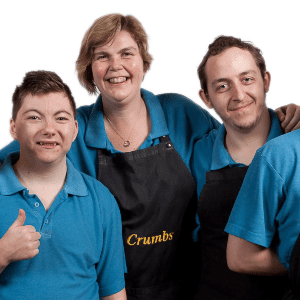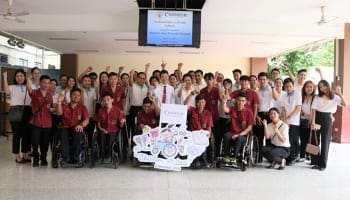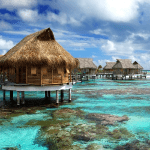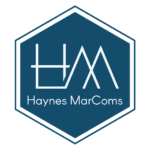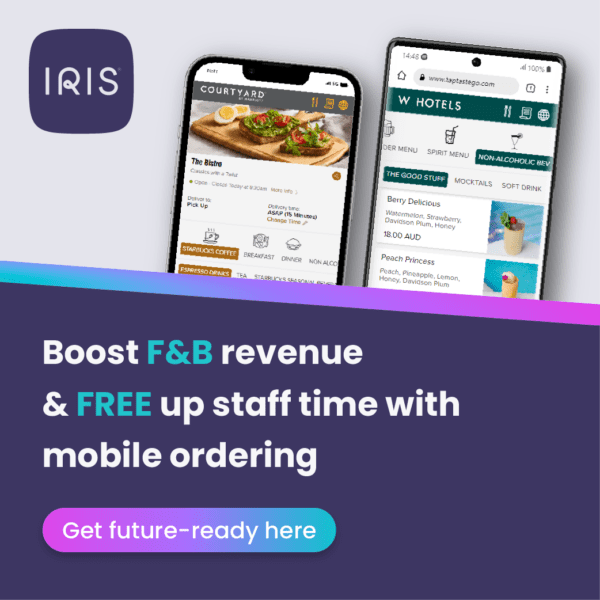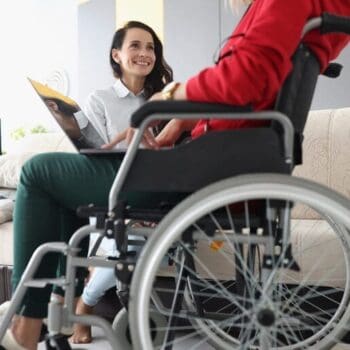 Brands, brands, brands…We’ve seen the megatrend of more and more hotel brands give rise to the extended stay category (such as Home2 Suites by Hilton, Residence Inn by Marriott, and Hyatt House) and serviced apartment or aparthotel brands. Premium and luxury segments have excelled by focusing on specific values, such as rigorous sustainability (1 Hotels), extravagant wellness (Aman, Hyatt Andaz, Mandarin Oriental, Six Senses), fitness (Accor’s Pullman, IHG’s EVEN, Equinox Hotels), and nightlife (Kimpton, Moxy, The W). Additionally, various brands, soft brands, and associations have explored lifestyle, design, art and culinary-forward spaces.
Brands, brands, brands…We’ve seen the megatrend of more and more hotel brands give rise to the extended stay category (such as Home2 Suites by Hilton, Residence Inn by Marriott, and Hyatt House) and serviced apartment or aparthotel brands. Premium and luxury segments have excelled by focusing on specific values, such as rigorous sustainability (1 Hotels), extravagant wellness (Aman, Hyatt Andaz, Mandarin Oriental, Six Senses), fitness (Accor’s Pullman, IHG’s EVEN, Equinox Hotels), and nightlife (Kimpton, Moxy, The W). Additionally, various brands, soft brands, and associations have explored lifestyle, design, art and culinary-forward spaces.
Within this growing list remains a significant customer cohort that has yet to be fully embraced at both operational and marketing levels: guests with disabilities. Hotels in the United States must adhere to the Americans with Disabilities Act (ADA) and other countries have their own guidelines. Corporate efforts in this area often amount, though, to checking a box rather than thoughtfully programming services, amenities and team training to make a hotel the brand of choice for disabled or handicapped guests. Yet, according to the Pew Research Center’s analysis of 2021 census data, there are over 42 million Americans with disabilities, representing 13% of the civilian, noninstitutionalized population. This represents a significant, untapped market.
Not only is there a growing need for ADA-forward hospitality, but there are also substantial opportunities to upsell and cross-sell to capture more total revenue from this cohort. It’s important to use the term ‘cohort’ when segmenting guests with disabilities, as disabilities can occur at any age. However, the aging of the baby boomer generation highlights a significant trend. As boomers enter retirement and become ‘elderly’, they face an increased risk of developing health conditions that may lead to disabilities. Advances in longevity over the past few decades have allowed elderly individuals and those with disabilities to live longer and travel more, extending their active years well into their sixties, seventies, eighties and possibly further.
This demographic shift suggests that a significant portion of future hotel guests will have mobility issues, chronic health conditions, and other impairments. By 2030, approximately 73 million boomers in the United States will be aged 65 or older, potentially making up one-third of your future guests. This underscores the need for hotels to better cater to guests with disabilities.
Here are some common issues and areas for improvement:
- Entrances and Exits: Ensure multiple entrances and exits are accessible and clearly communicated on the website and in prearrival emails.
- Elevators and Doors: Elevators and doors should be of the recommended width, ideally six inches wider than standard.
- Room Proximity: Handicapped rooms should be located near elevators, and corridors should have smooth, wheelchair-friendly flooring.
- Room Features: Handicapped rooms should include essential features such as bedrails, toilet grab bars, and shower seats. Bathroom thresholds should be even to allow wheelchair access.
- Property Management Systems: Properly demarcate rooms for wheelchair-bound guests and other disabilities, with various bed configurations.
- Amenity Accessibility: Ensure all hotel amenities, such as restaurants, spas, meeting spaces, and club lounges, are accessible, with this information clearly communicated.
- Staff Training: Train frontline staff to assist disabled guests accurately, including room assignments and directions.
- Accessible Dining: Provide accessible tables in food service areas and ensure restaurant staff read guest profiles to accommodate specific needs.
- Excursions: Offer accessible transportation for excursions.
- Error Recovery: Develop a compassionate error recovery SOP to make disabled guests feel valued when issues arise.
Addressing these points could take over a year of work, including cultural adjustments to ensure a hotel is regarded as a destination of choice for disabled travelers. Independent verification or self-inspection is crucial for identifying and resolving these issues during preconstruction or planning a Property Improvement Plan (PIP), along with updated training protocols.
To cater to the disabled and elderly market, hotels can consider carving out floors or sections devoted to superior ADA compliance, particularly within extended stay or aparthotel categories. Some destinations may even support hotels with fully accessible rooms. This approach builds brand equity among disabled travelers and opens up opportunities for upselling additional services, blending hospitality with assisted care facilities.
Here are some ideas:
- Family Travel Packages: Offer packages for adjoining rooms to accommodate multigenerational travel.
- On-Demand Caregivers: Provide access to caregivers trained for specific conditions.
- Specialized Dining: Offer dining options for dietary limitations, such as keto-friendly foods for diabetes.
- Accessible Transportation: Provide wheelchair-accessible transportation services.
- Rehabilitation Services: Offer sessions with physiotherapists or other rehabilitation practitioners.
- Accessible Wellness Experiences: Develop wellness experiences with accessibility in mind.
This article may not be reproduced without the expressed permission of the authors.




